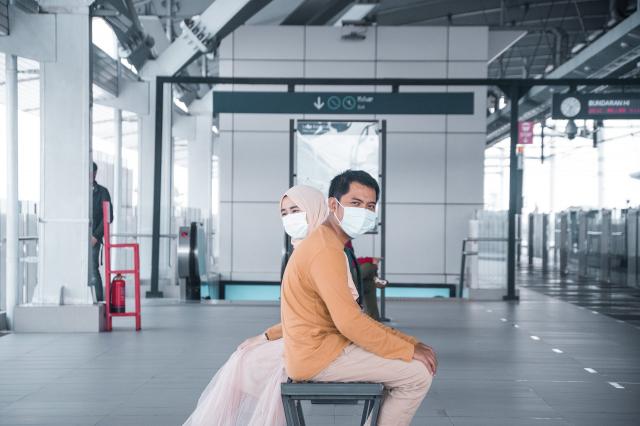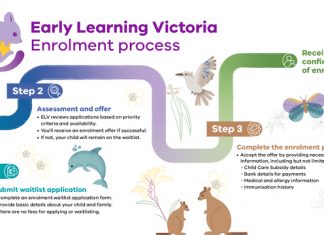Tara Murray
Municipalities with a high number of blue-collar workers and families from culturally and linguistically diverse backgrounds, including Hume and Whittlesea, were the hardest hit during the third wave of the COVID-19 pandemic, a new report has found.
The Catholic Health Australia report, ‘Unlucky in a lucky country: How COVID has exposed social inequity,’ shines light on those most vulnerable during the pandemic, in the third wave in including low-wage workers, young people, those with disabilities and women in Melbourne and Sydney.
The report found COVID-19 case numbers concentrated in areas with higher levels of socio-economic disadvantage between June 16 and October 21 last year.
During that time, nearly one in five (18.8 per cent) of Melbourne’s COVID cases were recorded in Hume, while nine per cent were recorded in the City of Whittlesea.
Of all the potentially predictive factors analysed, two stood out as key predictors of which local government areas (LGAs) recorded the most COVID infections: The level of blue collar workers and the number of CALD residents.
According to the report, 37.1 per cent of Hume’s workforce are in blue-collar jobs, while 44.8 per cent of the municipality’s residents speak a language other than English at home.
In Whittlesea, 44 per cent of resident speak a language other than English at home.
It was found that for every one per cent increase in blue-collar workers per LGA was associated with a 0.55 percent increase in COVID cases.
Every one per cent increase in the percentage of CALD residents per LGA led to 0.39 percent increase in COVID cases.
The pandemic also affected unemployment rates in the areas with high cases.
“COVID has further relegated the official unemployment rate as a non-useful measure of economic activity or prosperity, because – despite relatively low headline unemployment rates in Sydney and Melbourne – the third wave saw major declines in total employment, labour force size, and labour force participation.
“Declines were experienced most sharply in localities with high numbers of blue-collar workers and high numbers of CALD residents.
“Women experienced a sharper drop in labour force participation.”
Among the report key findings, was the need to increase JobSeeker to at least $65 a day, that the public health response for people with disabilities aligns with the rest of the population, expand pop-up Head to Health services and fund no-gap psychological support for identified vulnerable adult groups.







